As part of the survival experience in Windbound, Kara must make use of her surroundings to stay alive, and that involves gathering various materials. Those can be obtained via natural resources or by killing animals, and sourcing them allows you to create survival tools, boat building materials, weapons and armor, and more.
Each material has various degrees of durability that need to be considered when crafting, but some are harder to obtain than others. Only a certain number of Materials can only be held in a single inventory slot before taking up another. Once you run out of space, you must decide what’s most important.
Plants can be fashioned into potions, requiring a metal cauldron (3x Crude Metal, 3x Rocks) over a fire. Raw meat can be cooked and turned into more edible food for more health recovery.
Some materials, like crude metal, need a Clay Kiln (3x Clay, 1x Stick, 2x Thick Grass) instead, which will let you fashion them into weapons, though metal can also be used for other purposes.
Bags are important and tie directly into foraging and scavenging. You can gather materials to craft bigger bags that increase inventory space and provide other unique buffs, though two bags do affect your stamina negatively.
It’s important to note that a lot of materials are unavailable in the game’s earlier chapters, requiring you to progress before you can start crafting more advanced items. In this guide, we’ll illustrate what materials are available in Windbound, how to find them, and when you can obtain them.
Windbound Materials Guide: Crafting Items, Food, and Bags
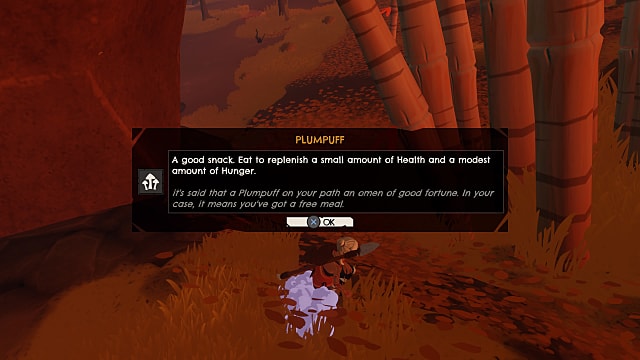
Crafting Items
- Bamboo
- Used to expand your ship building capabilities.
- Located around certain forests.
- Available after Chapter 2.
- Bloodbristle
- Used for brewing potions; requires a fire and metal cauldron.
- Located in any forest.
- Available after Chapter 2.
- Bones
- Used for various weaponry.
- Obtained by killing Bleenks, Razorbacks, and Razorbubs. Also found around Plainstalker nests.
- Available immediately.
- Bleenk Fronds
- Used for bows.
- Obtained by killing Bleenks.
- Available immediately.
- Clay
- Used to make clay kilns. Requires a shovel to unearth.
- Often found around Swamps.
- Available after Chapter 4.
- Crude Metal
- Used to reinforce your boat, though it can be molded into weaponry via clay kilns.
- Mined from metal deposits using a hammer.
- Available after Chapter 3.
- Fluttercup
- Used for brewing potions; requires a fire and metal cauldron.
- Located in any forest.
- Available after Chapter 2.
- Gloomharrow Jaw
- Used in axes; makes for a sharp cutting tool.
- Obtained from killing Gloomharrows.
- Available after Chapter 3.
- Gloomharrow Skin
- Used to create stealth armors; can help camouflage Kara.
- Obtained from killing Gloomharrows.
- Available after Chapter 3.
- Gorehorn Crests
- Used for building a Bone Shovel.
- Obtained by killing a Gorehorn.
- Available immediately.
- Leather
- Used for crafting various weapons and items.
- Obtained by drying out Skin via a drying rack (2x Stick, 3x Thick Grass) over a fire.
- Available immediately.
- Leviathan’s Heart Gem
- Used to craft the Torment Bow.
- Rare item; only found in crystal deposits or jars or by killing Tremorlurks.
- Available after Chapter 3.
- Oil
- Used to create oil bombs for slings.
- Obtained by pulverizing raw fish with a hammer.
- Available immediately.
- Palm Frond
- Used to create bamboo masts.
- Found by beaches.
- Available from Chapter 2.
- Poison Glands
- Used in potions.
- Located in swamps, though you must destroy poison spores first.
- Available from Chapter 2.
- Rocks
- Used to throw at enemies with slings; used to create fires.
- Obtained in most locations.
- Available immediately.
- Sea Shards
- A form of currency gained by activating Nautilus Keys or smashing pots.
- Can be spent at shrines located in The Crossing.
- Sealily
- Used for brewing potions, requires a fire and metal cauldron.
- Located in any forest.
- Available after Chapter 2.
- Sentinel’s Gem
- Used to craft the Bastion Bow.
- Rare item; only found in crystal deposits or jars.
- Available after Chapter 3.
- Shell Fragment
- Can be used for scale hull armor on boats.
- Obtained from killing Pondwompers.
- Available from Chapter 4.
- Skin
- Needs to be dried before becoming useable, which turns it into leather.
- Obtained by killing Razorbubs, Razorbacks, and Plainstalkers.
- Available immediately.
- Silk Thread
- Used to create bows.
- Obtained by killing Silkmaws, who appear in groups after falling from nearby trees.
- Available from Chapter 3.
- Storm’s Eye Gem
- Used to craft the Tempest Bow.
- Rare item; only found in crystal deposits or jars.
- Available after Chapter 3.
- Thick Grass
- Used in boat building, weapon crafting, and more.
- Found in most locations.
- Available immediately.
- Wood
- Used for boat building and other crafting.
- Obtained by chopping down trees with an Axe.
- Available immediately.
Food
- Large Raw Meat
- Used to restore stamina and stave off hunger, though it will poison you temporarily if eaten raw. Can be cooked into Generously Roasted Meat for a big health increase. Will degrade and rot if not eaten quickly.
- Dropped from Gorehorns.
- Available immediately.
- Plumpuff
- Used to restore health and a modest level of hunger.
- Located in Swamps.
- Available after Chapter 2.
- Raw Crobster Meat
- Used to restore stamina and stave off hunger, though it will poison you temporarily if eaten raw. Can be cooked into Roast Crobster for a health increase. Will degrade and rot if not eaten quickly.
- Obtained by defeating Crobsters.
- Available immediately.
- Raw Fish
- Used to restore stamina and stave off hunger, though it will poison you temporarily if eaten raw. Can be cooked into Flame Roasted Fish for a health increase. Will degrade and rot if not eaten quickly.
- Obtained by defeating Shoreskippers.
- Available immediately.
- Rustcap
- Provides a small boost to health, hunger, and stamina. Will degrade and rot if not eaten quickly.
- Obtained from trees.
- Available immediately.
- Small Raw Meat
- Used to restore stamina and stave off hunger, though it will poison you temporarily if eaten raw. Can be cooked into Delicately Roasted Meat for small health increase. Will degrade and rot if not eaten quickly.
- Dropped from numerous enemies – Bleenks, Bumblers, Plainstalkers, Razorbacks, Razorbubs, Silkmaws, Slitherfangs.
- Available immediately.
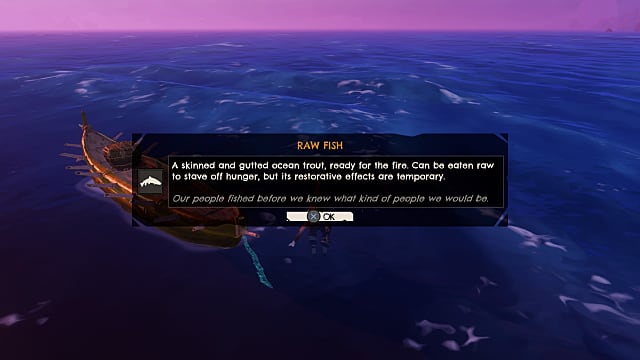
Bags
Kara can only hold seven items in her inventory to start with, alongside key items, but, as you proceed, you quickly discover this isn’t enough. With new items and exploration comes a drastically needed storage solution.
Thankfully, bags can be crafted to increase your inventory space. Some bags come with additional benefits, so if you want to play things carefully, here are the options going forward.
- Armoured Bag: Adds 12 inventory slots and reduces incoming damage. Increases sprinting cost for stamina.
- 1x Leather, 2x Crude Metal, 2x Grass Rope.
- Food Bags: Store 12 items at once, preserving food longer.
- 2x Palm Frond, 2x Sealily, 1x Silk Thread, 2x Bloodbristle.
- Heavy Duty Bag: Adds 18 slots to inventory but increases stamina drain from sprinting.
- 2x Leather, 2x Silk Thread.
- Palm Bag: Add 7 slots to inventory.
- 2x Grass Rope, 5x Palm Frond.
- Stealth Bag: Adds 12 slots to inventory; makes you harder to see or hear.
- 1x Gloomharrow Skin, 2x Silk Thread, 2x Bleenk Frond.
That’s all you need to know about materials in Windbound, as well as the bags you’ll need to hold everything. Now that you don’t have to score the whole map, you can spend more time crafting, surviving, and exploring. For more tips, be sure to check out our other Windbound guides while you’re here!

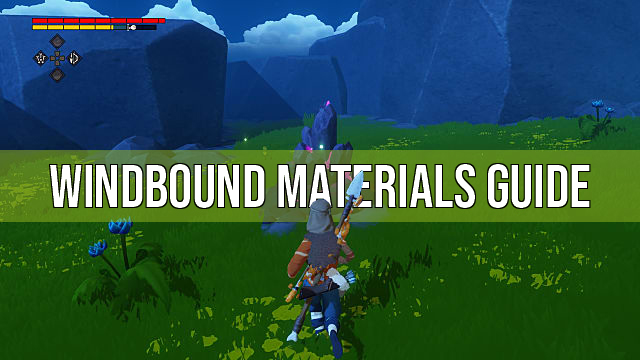



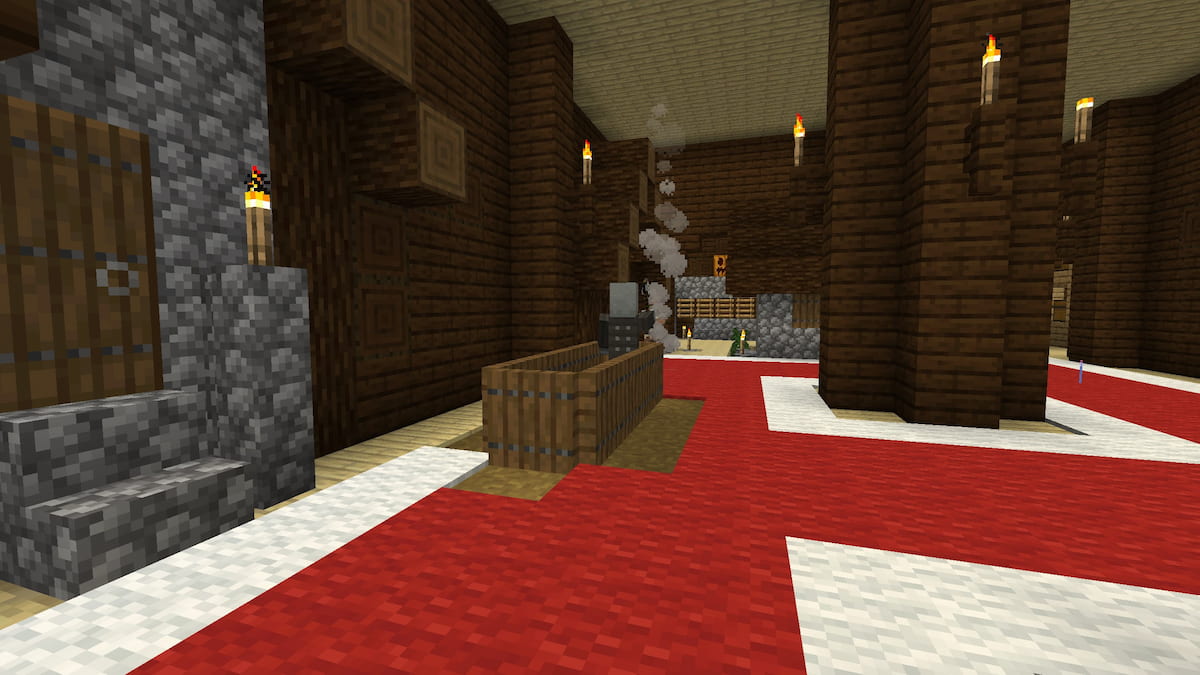
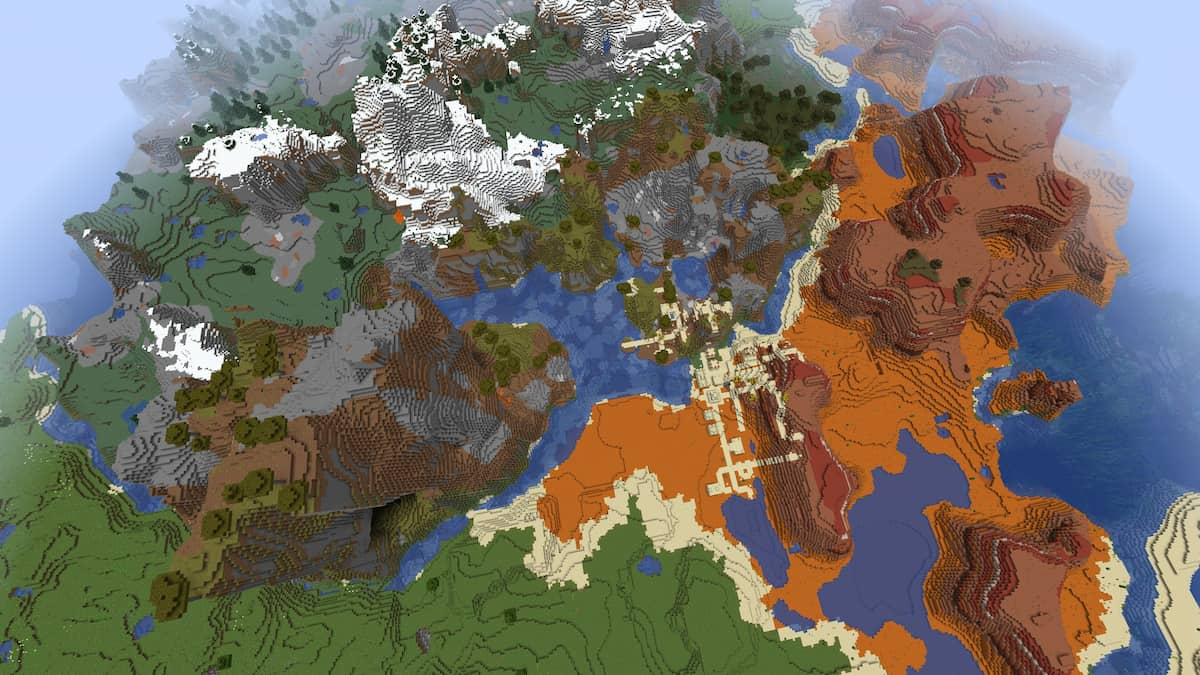
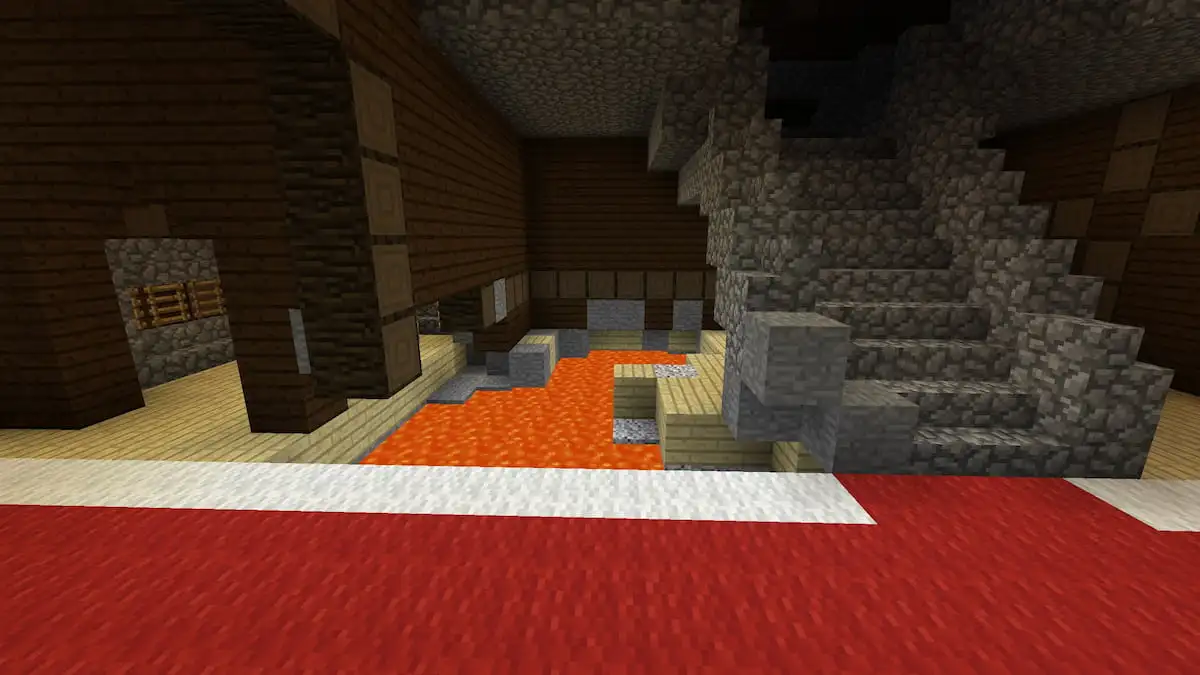
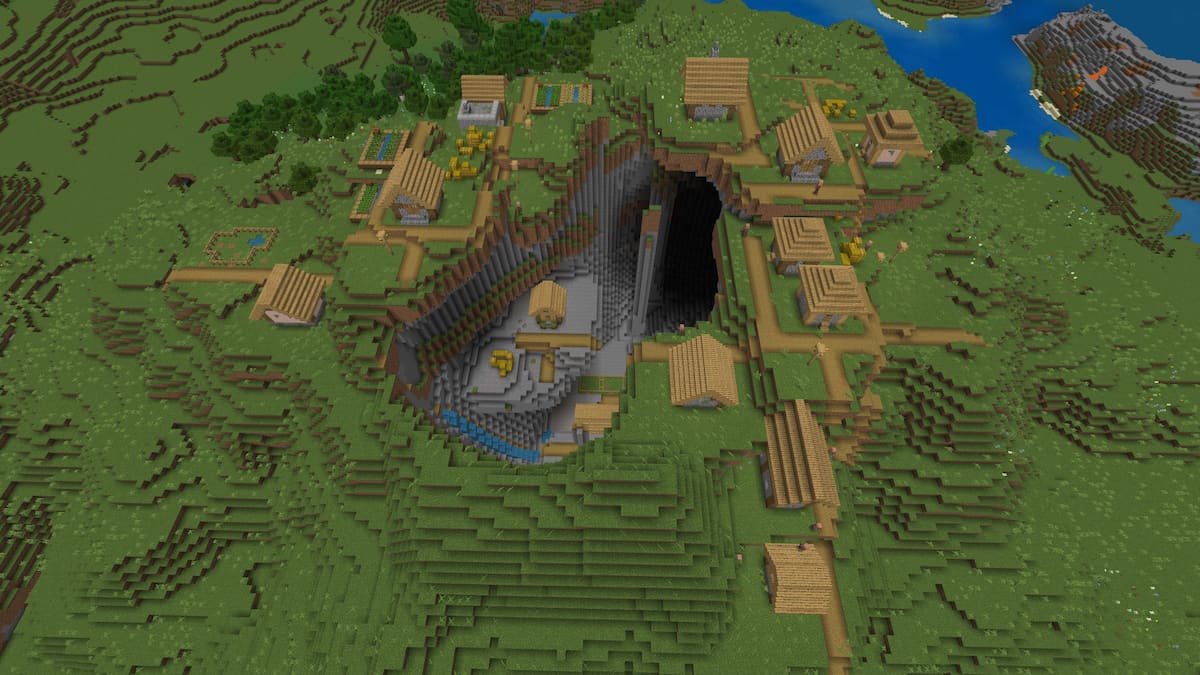
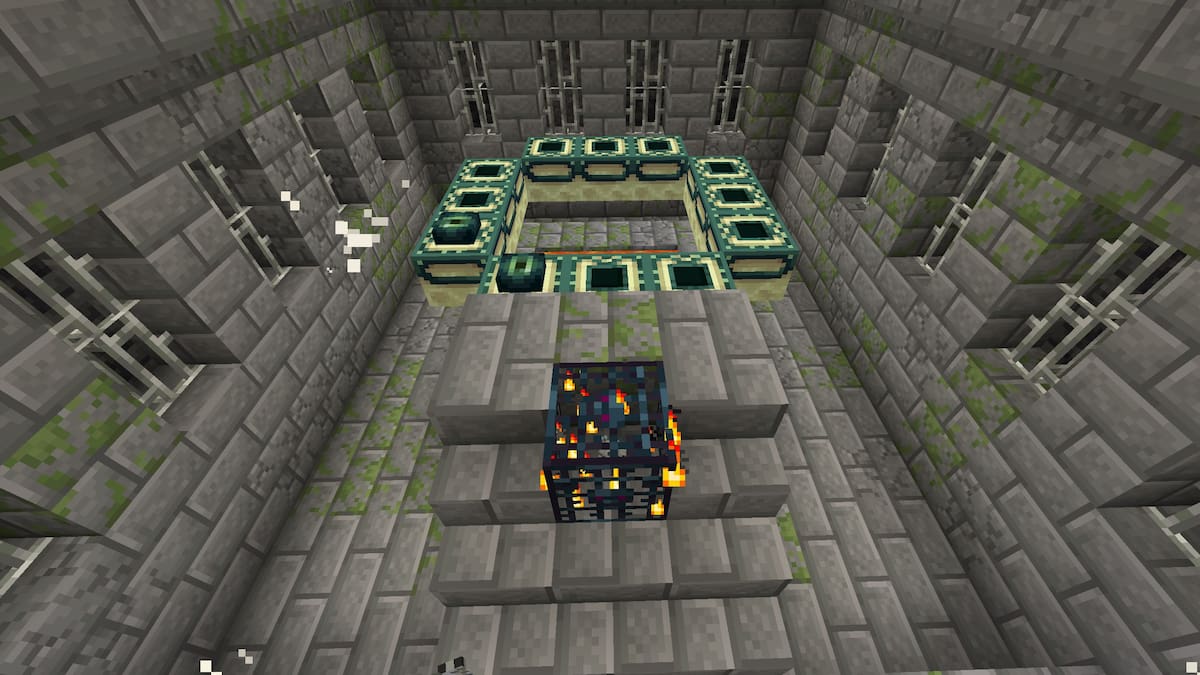
Published: Aug 28, 2020 03:32 pm